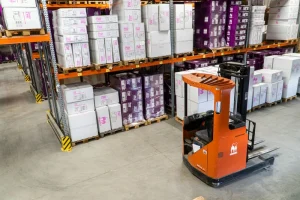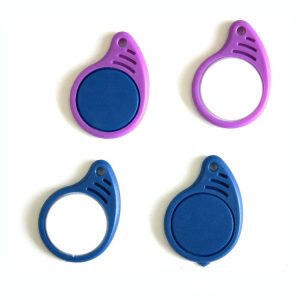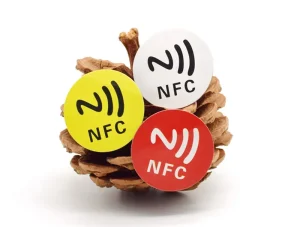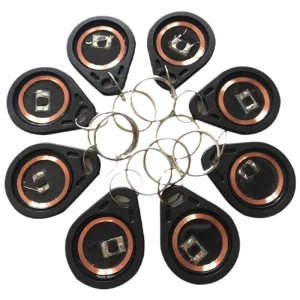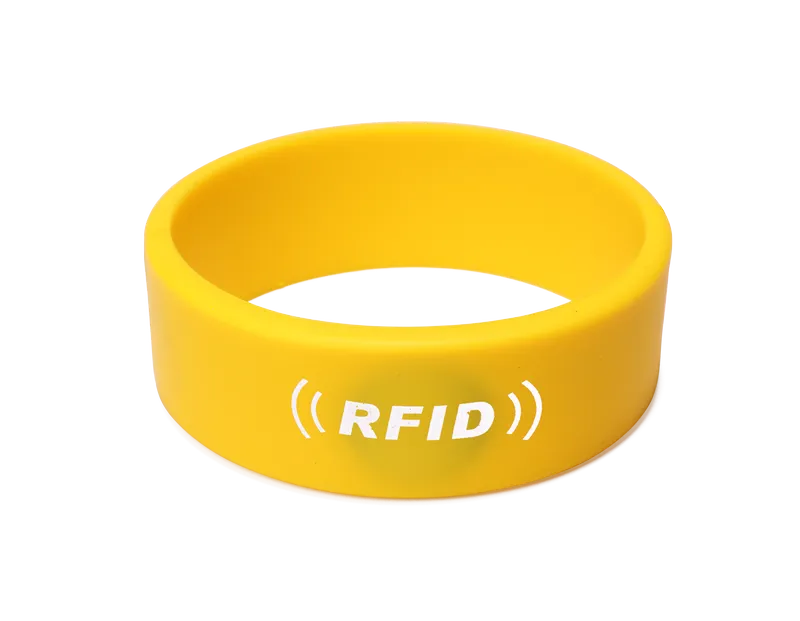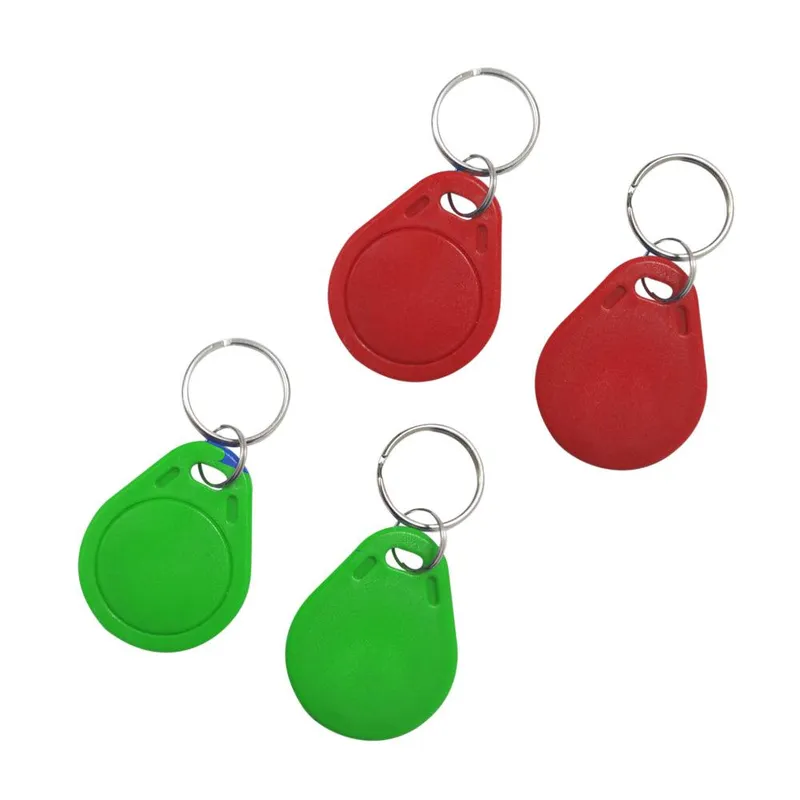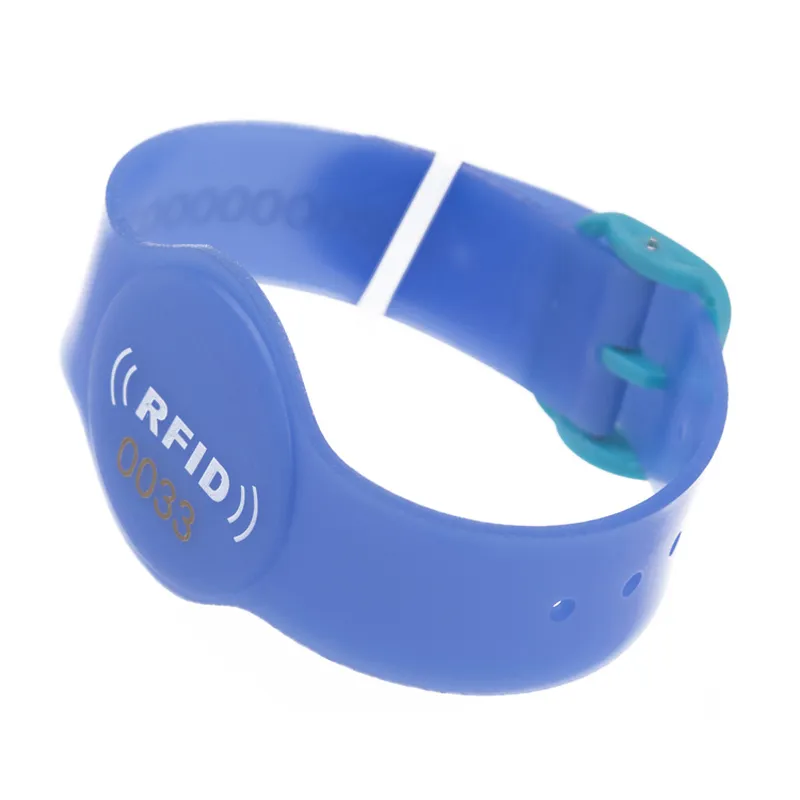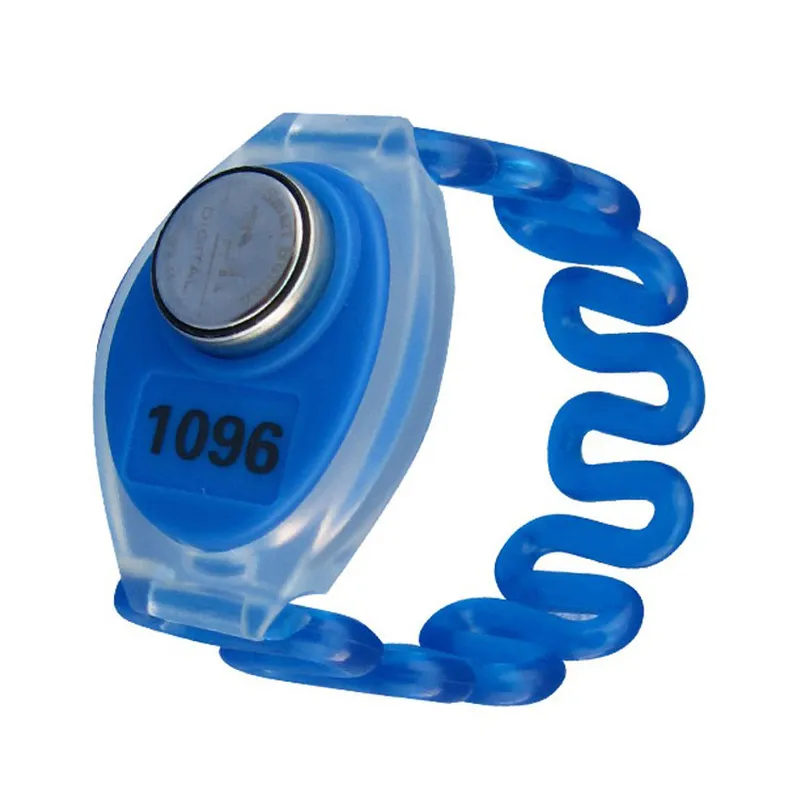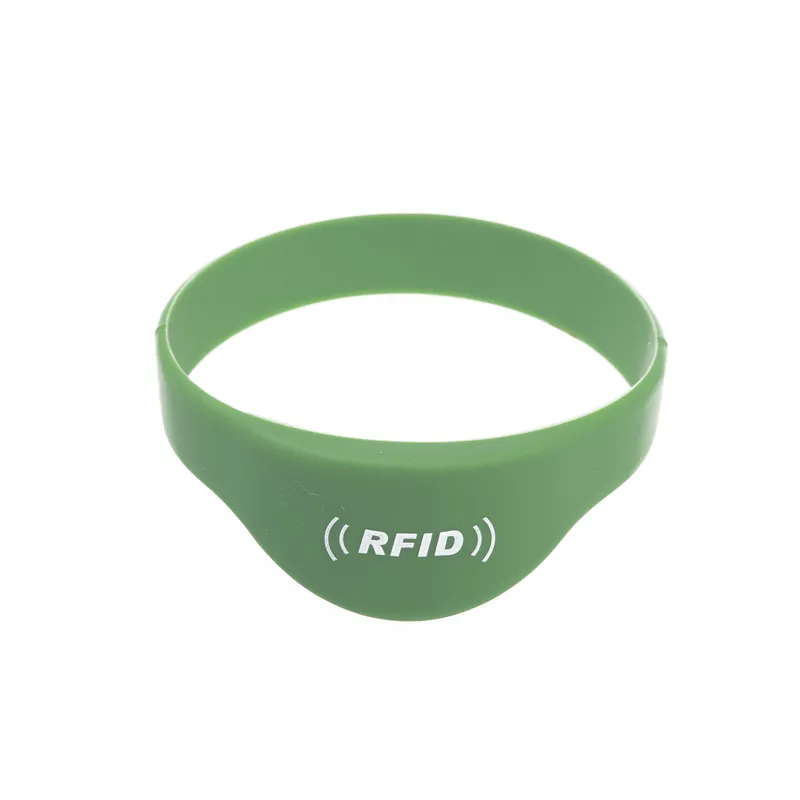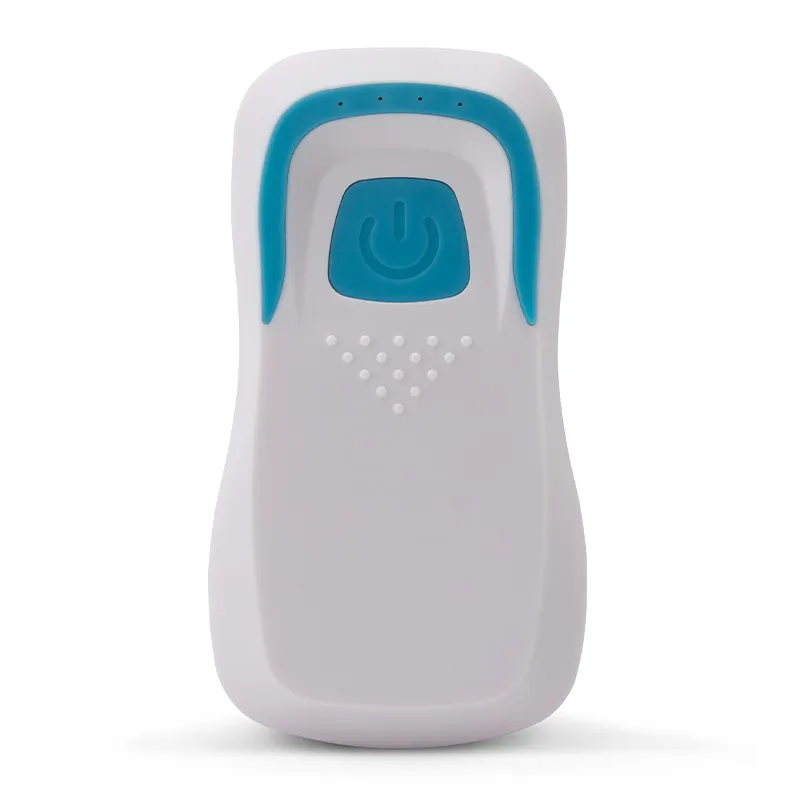RFID Asset Tag
NA WAIWAI
Nā huahana i hōʻike ʻia
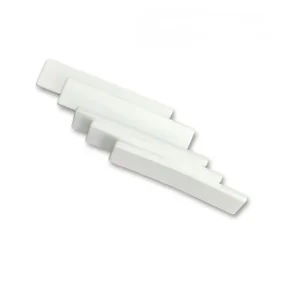
RFID Tag Projects
Laundry RFID Tag Projects are a versatile, efficient, and durable…

RFID Wristbands For Hotels
RFID wristbands for hotels are designed to store unique ticket…

Fob kī pinepine pālua
Hāʻawi ka mea hana nui o nā huahana RFID a me NFC i ka kiʻekiʻe…
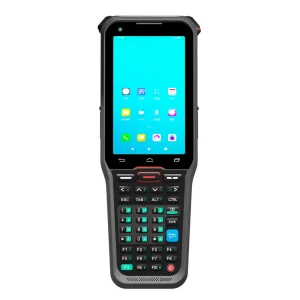
Handheld RFID Tag Reader
Handheld RFID Tag Reader are a popular choice in the…
Nuhou Hou
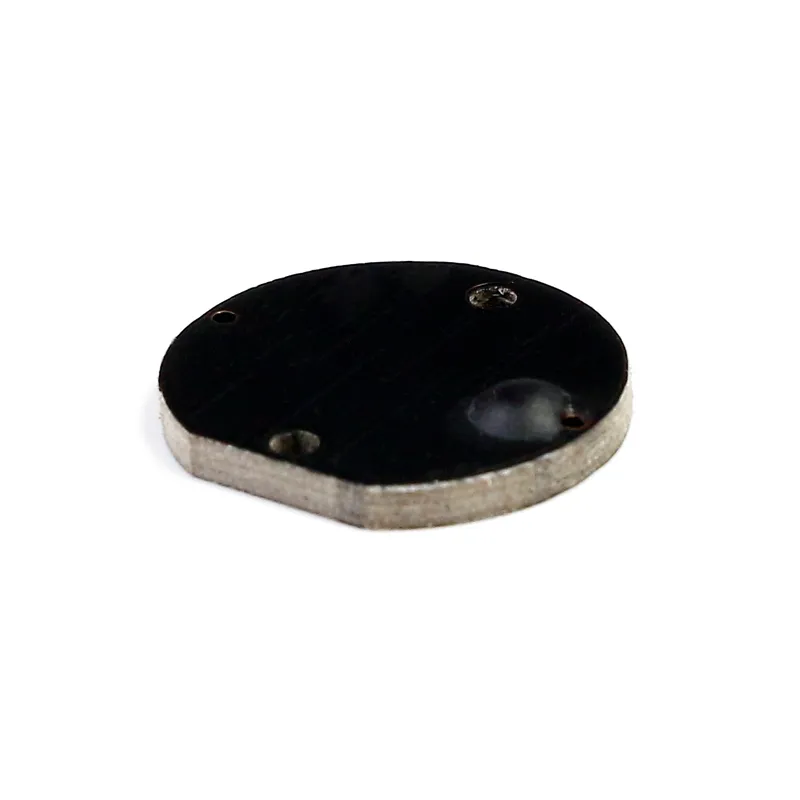
Wehewehe pōkole:
RFID Asset Tags are a powerful asset management tool with advanced protocols, wide frequency support, excellent memory performance, and stable reading range. They are ideal for metal surfaces and can be securely attached for precise monitoring. The tag’s reading range depends on the reader and ambient conditions, and can be read further in the US and EU.
Kaʻana like iā mākou:
Product Detail
RFID Asset Tag has become a powerful assistant for asset management with its advanced RFID protocol, wide frequency support, excellent memory performance, and stable reading range. RFID asset tags can monitor and identify assets using fixed or portable scanners. The stability and dependability of RFID asset tags are especially evident on metal surfaces. To increase asset management efficiency and accuracy, big and small organizations may use RFID asset tags.
Functional Details
Advanced RFID protocols like EPC Class1 Gen2 and ISO18000-6C offer global interoperability and stability for RFID asset tags. To accommodate diverse nations and regions, the tag supports US 902-928MHz and EU 865-868MHz frequency bands. Alien Higgs-4 ICs give high performance and stability in the tag. EPC, USER, and TID memory are 128 bits, 128 bits, a 64 bits, respectively, to fulfill various application data storage demands. The tag offers read and write capabilities and retains data for up to 50 years, assuring data dependability and longevity. Eia hou, RFID asset tags are intended for metal surfaces and may be securely attached to metal items for precise asset monitoring and management.
Reading range
The type of reader and ambient circumstances determine the RFID asset tag scanning range. Tag reading range is generally farther and more steady with a stationary reader. Due to mobility and operation procedures, portable reader reading ranges may vary. In particular, the tag on the metal surface may read 250cm in the US frequency band (902-928Mhz) and 270cm in the EU frequency band (865-868Mhz). This proves that RFID asset tags can be read further in the US and EU for asset management applications. The given data is simply a reference, and the reading range may be altered by environmental variables, tag distance, and reader angle.

Physical Specification:
- Nui: D20mm, (Hole: D2mmx2)
- Thickness: 2.1mm without IC bump, 2.8mm with IC bump
- Mea waiwai: High-Temperature Material
- Colour: Black
- Mounting Methods: Adhesive, Screw
- Weight: 1.0g

![Mea hana Rfid Tag [Kūʻai nui | OEM | Odm]](https://www.fjrfidfactory.com/wp-content/uploads/2024/04/logo.webp)
